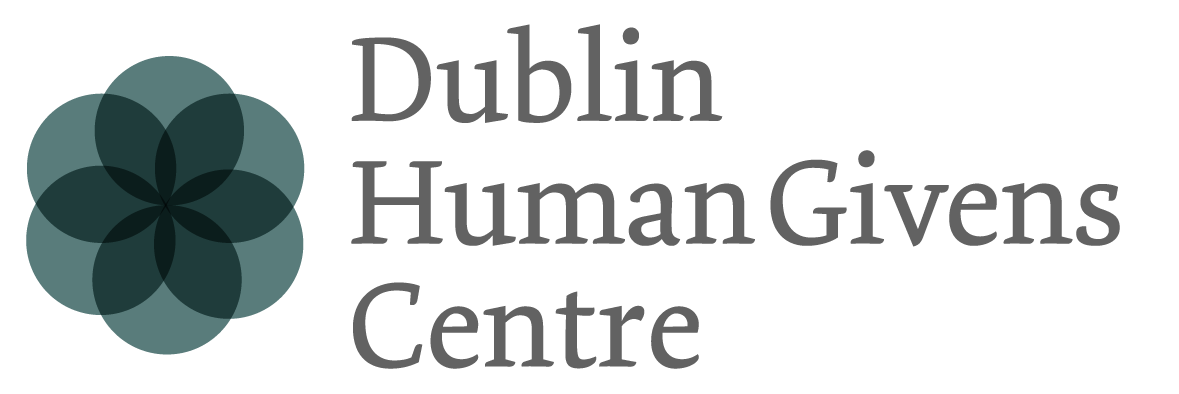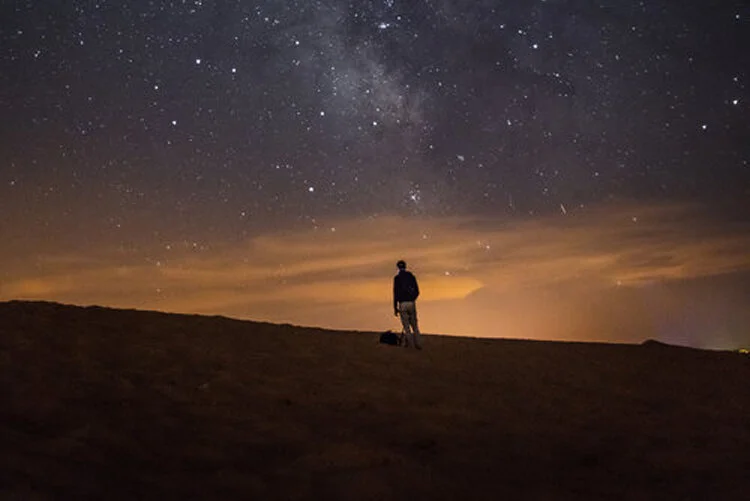Goal-Setting for Success: Where there’s a Will, there’s a Way
New Year Resolutions unravelling? Make those good intentions stick by harnessing your inner resources to build good habits, nail your goals and get your needs met this year. Here we explore how you can do it – at least in part.
Where there’s a will, there’s a way. And it turns out that the ‘Will’ and the ‘Way’ are key components in achieving successful behavioural change (Berkman, 2018).
By the Will, we mean the motivational factors that will help drive you toward a goal. The Way is your set of skills, knowledge and/or ability that will help you get there – i.e., your brain’s executive function, the kingdom that is the pre-frontal cortex.
The Will
Our brains are constantly striving toward homeostasis. That inner neurobiological and biological state of balance; of satiation. When the key physical needs for food, water, shelter, regular temperature, sleep aren’t met, our brain will act as our innate guidance system propelling us to get them met. The needs will be paramount and pervasive.
But we are social animals and we have innate social or emotional needs too.
Emotionally, our innate needs for security, to give and receive attention, have a sense of control & autonomy, competence and achievement, status, be part of a community, have intimacy and connection, privacy, and meaning & purpose need to be filled in order to feel balanced and contented. A psychological homeostasis, if you will. The sign that any of these needs aren’t being met is stress – manifested physically and psychologically. These stress symptoms are signals to alert us to the need to address these innate imperatives to restore us to full body and mind homeostasis.
In terms of goal-setting and goal-achievement, however, homeostasis is not our friend. If we’re happily relaxed and satisfied physically and psychologically, we’ll just keep on sitting on the couch, literally and metaphorically. Goals as levers to take action and change something we want to change are major tools to get there.
To make that action fruitful, we need to harness the potential of our brain’s reward system. The mesolimbic pathway of reward assigns values and status to various experiences in a dance between the midbrain – the ventral tegmental area – and the pre-frontal cortex – to determine what we ‘like’ and therefore, reward by drenching in dopamine, and reinforce. The more we repeat those experiences, the deeper the neural groove on that highway becomes, and the easier it is to do – until it becomes a habit: Goal Nirvana.
A key route to Goal Nirvana is harnessing the potential of that innate motivational reward system and ensuring that how we formulate our goals is intrinsically rewarding: It is needs-orientated. If you want to harness the incredible power of your propelling brain, make it so. Ensure that your goals help to get your innate needs met – physical and/or emotional. It’ll give your goal trajectory a deep turbo boost. Intrinsic rewards are much more powerful than extrinsic or externals: Fitbits for example, can work very well for some in reinforcing and encouraging the attainment of physical goals. But, there is a 50% abandonment rate, so for others they act in the opposite direction: punishing and minimising rather than encouraging.
To optimise the likelihood in making changes quickly, by harnessing our innate reward system, the following tips may help:
1) Change the cue or environment. Remember the salience of repetition in forming habits. It bypasses the notice of our mesolimbic system and becomes automated. Our brains are attuned to novelty. What is new we notice and we have the potential to set up a new associative pathway from. The absence of old cues provides a window of opportunity to implement new goals. When we change the environment or context, then the cues can disappear and we are forced to make decisions and think about how we act.
Recent interesting research pointed to those who moved house versus a control group who didn’t, for example. Those who had a new environment/ trigger/ cue (in new home) were much more successful in establishing new habits (around implementing more ecologically kind practices) than those who didn’t.
2) Harness intrinsic motivators: identity. Interesting research suggests that how you frame the new activity is key. Rather than say ‘my goal is to run’, frame it as ‘my goal is to become ‘a runner’’. It’s more motivating as it’s satisfying our need for competence and achievement as well as providing potential status.
So, if we tailor our goals to meet our innate needs – physical or psychological – we’re all set, right? Unfortunately, it’s not quite so simple. In a study in the US across a group of cardiologists treating heart patients, even when alerted to the fact that the required behavioural change would save their lives, only 1 in 7 made the requisite changes despite the life or death motivation (Kegan & Lahey, 2013).
Makes for somewhat depressing reading? This is where the Way gets to muscle in and make the difference.
The pre-frontal cortex is home to our ‘Way’. Also known as our executive function, it’s the assemblage of our skills, abilities, knowledge, aptitude, problem-solving strategies and other pearls of conditioned and learned wisdom, which need to be called in to bolster the intrinsic motivation and get us closer to accomplishing our goal(s).
Before you call it into action, however, please remember that you, like me and us all, are fallible. The numerous cycle-of-change models that litter the literature attest to our fallibility as human beings. The fact that in endeavouring to make changes, we’ll lapse, and fail, and try again – or maybe not try again if we’re too demoralised – reflect that it’s not a linear endeavour. What the neurobiological underpinnings of the Will tell us is that this is not some terrible moral failing on our part, but rather how we are hard-wired. Suddenly, or momentarily, we’re satiated and satisfied. Homeostasis has been reached. Sure, why bother? Aren’t we grand as we are?
When we’re hungry enough to try again, the evidence base suggests that the following actions may help to ease the Way:
1) Plan for temptation. When we’re more planful about temptations, it can lead to less self-reproach and more inclination to try again. It aids a sense of control too. (Williamson & Wilkowski, 2019).
Harvard scientists Kegan and Lahey talk about the If/Then model which is very useful to apply to troubleshoot anticipated difficulties or obstacles: If x happens, then I’ll do y. It lays down the neural pathways to achieve in reality. (Kegan and Lahey, 2013)
2) Find an accountability partner. It’s good for us to do things with another person or other people. Not only because it satisfies some of our emotional needs (attention, connection, community etc) but also because it makes us accountable to other(s). (Condliffe et al, 2017)
3) Develop a new passion – when you follow your flow, the experiences and activities that get you into that pure state of being; at one with the activity, ego-unaware, performing at the highest level of being, that’s the sweet spot. Turns out that two of them is even better than one! Polyamoury, you’re on. (Schellenberg, 2015).
In the next blog on goal-setting, the last in the series of three, I’ll talk more about Flow States and how to trigger them, as well as the power of visualisation or mental rehearsal for goal achievement and indeed therapeutic change.
In the meantime, I hope that you find the Will and your Way to persevere toward success!
Linked Sources/Further Reading:
Laverl Z. Williamson, Benjamin M. Wilkowski, 2019
https://doi.org/10.1177/0146167219883606
Goal-setting, habits, making positive changes, positive psychology, psychotherapy, Human Givens, Dublin Human Givens Centre, Neuroscience

